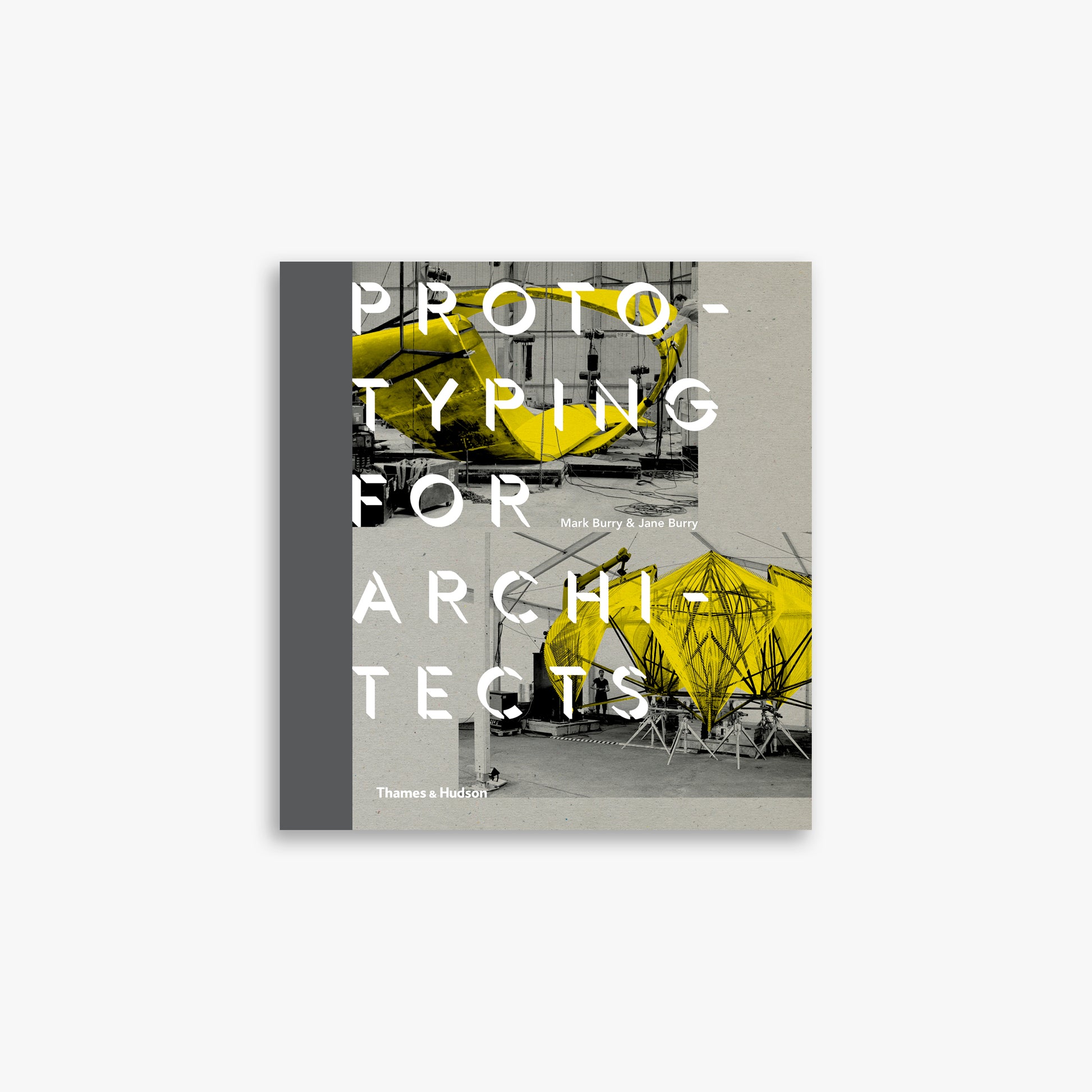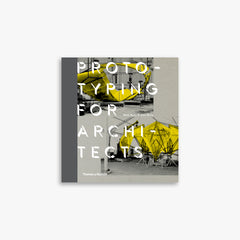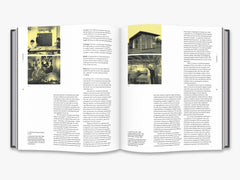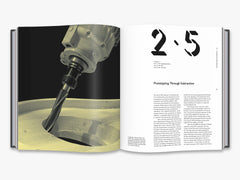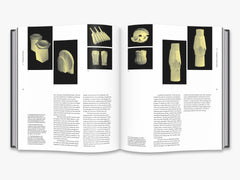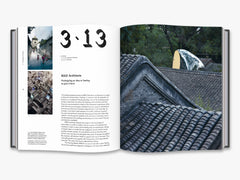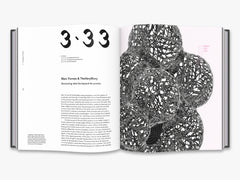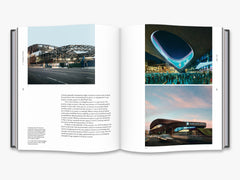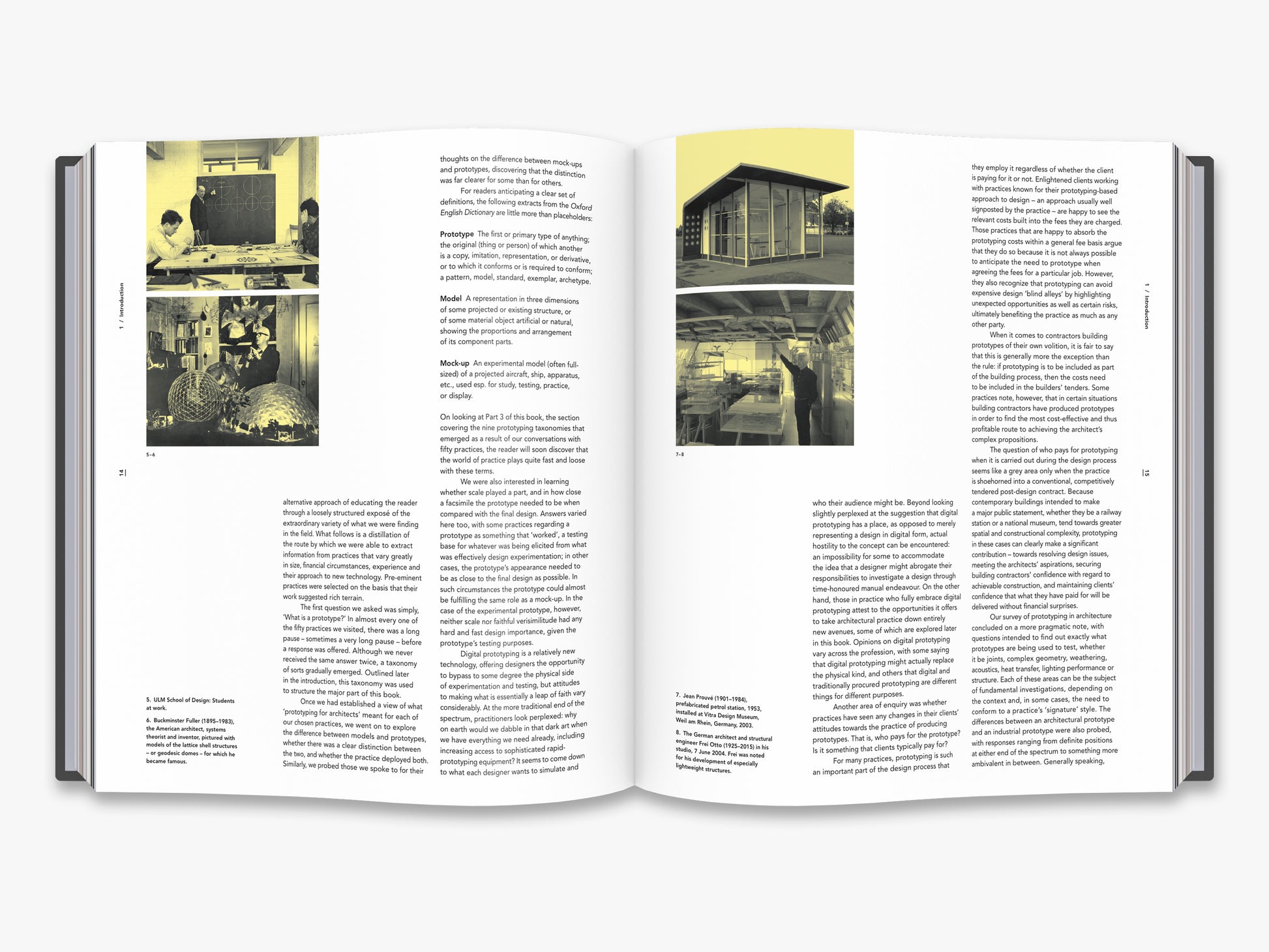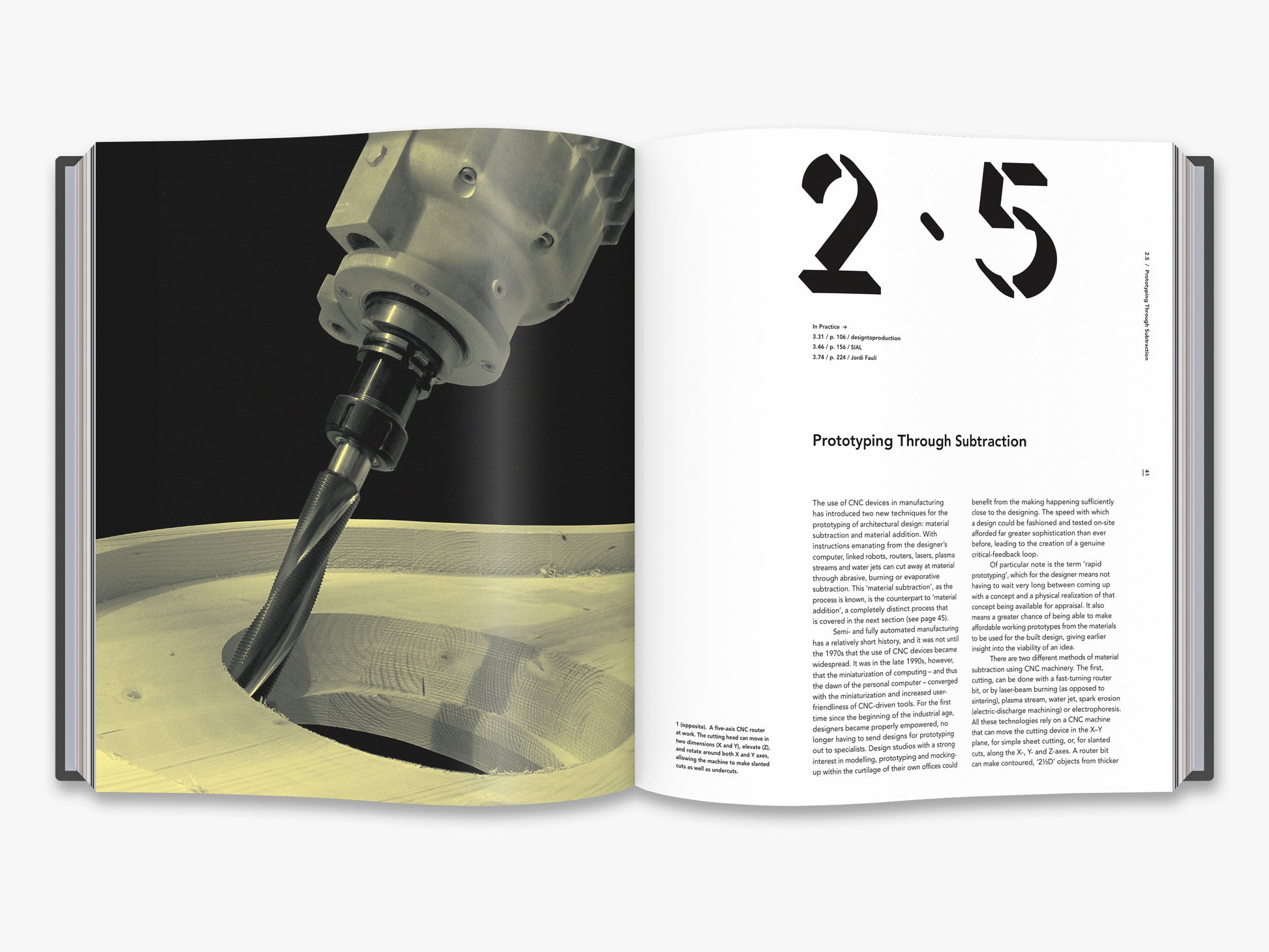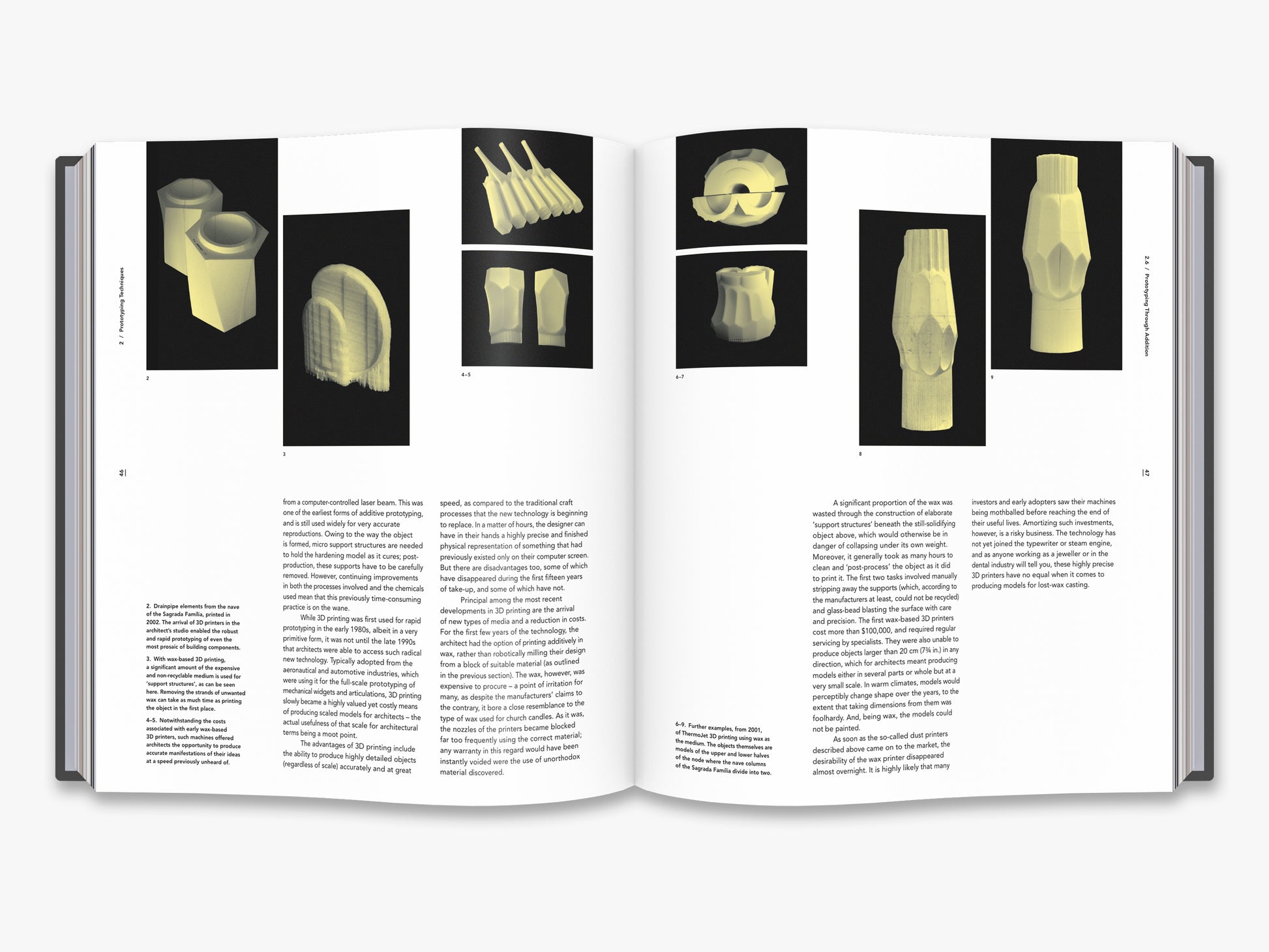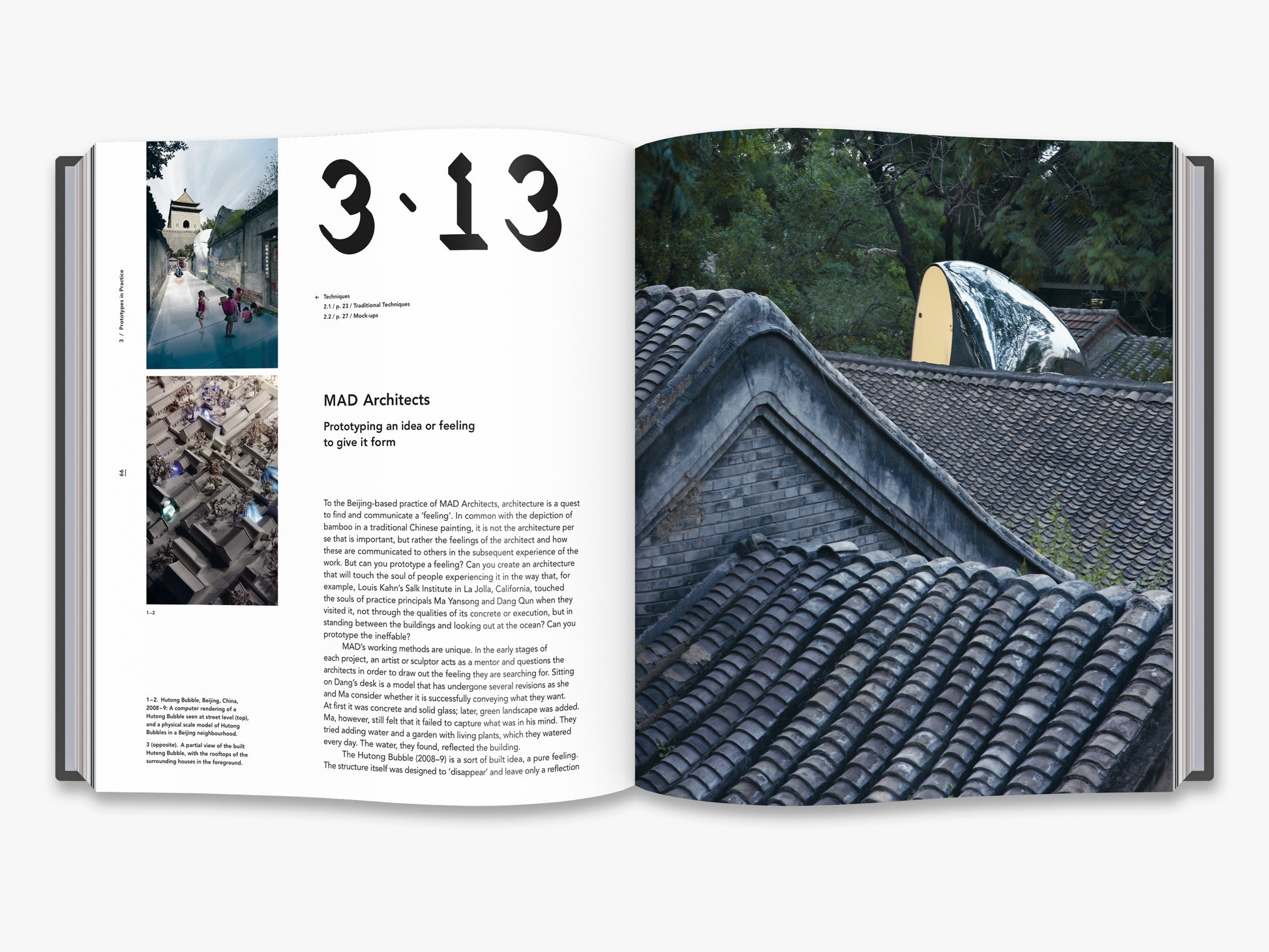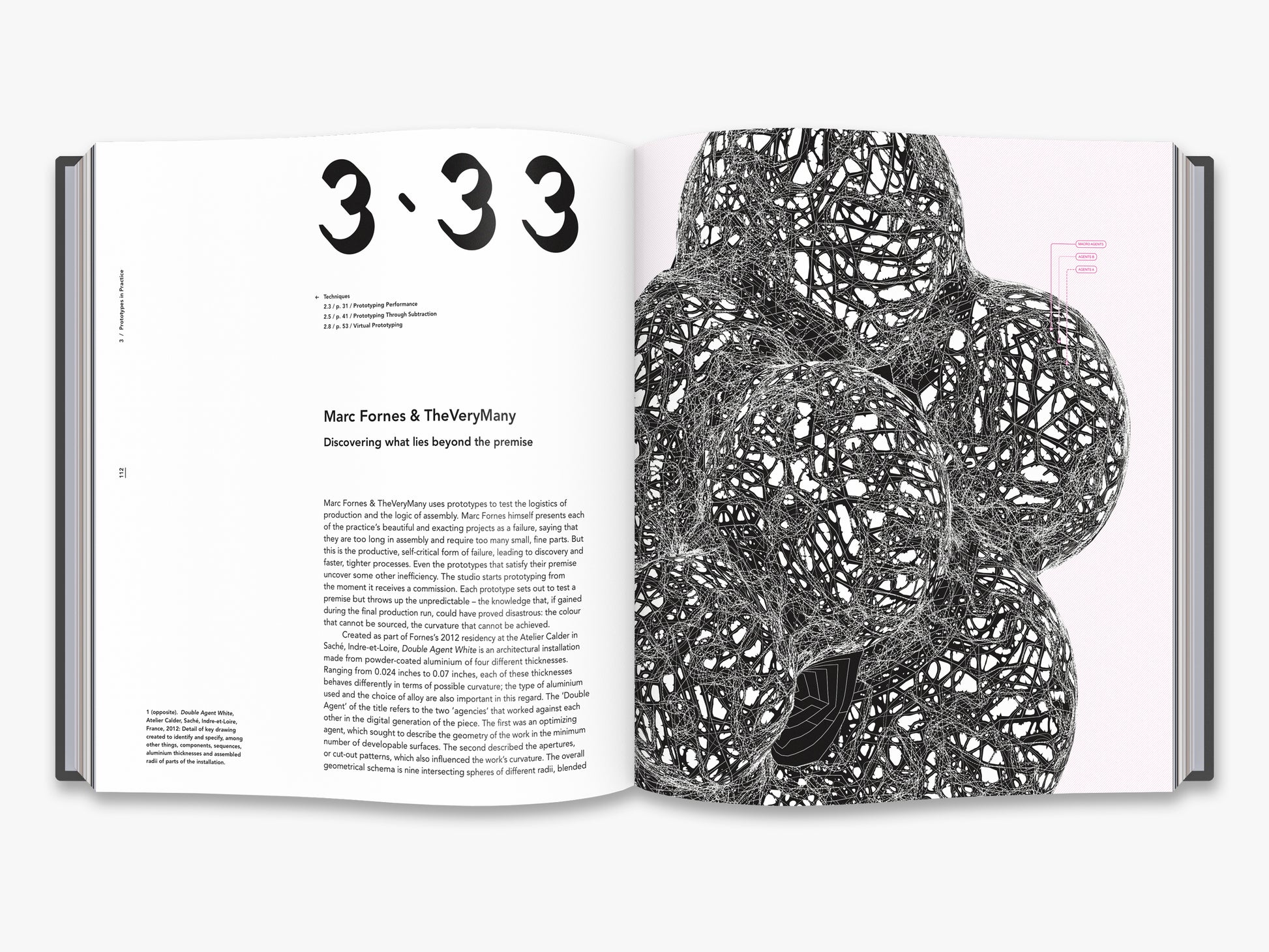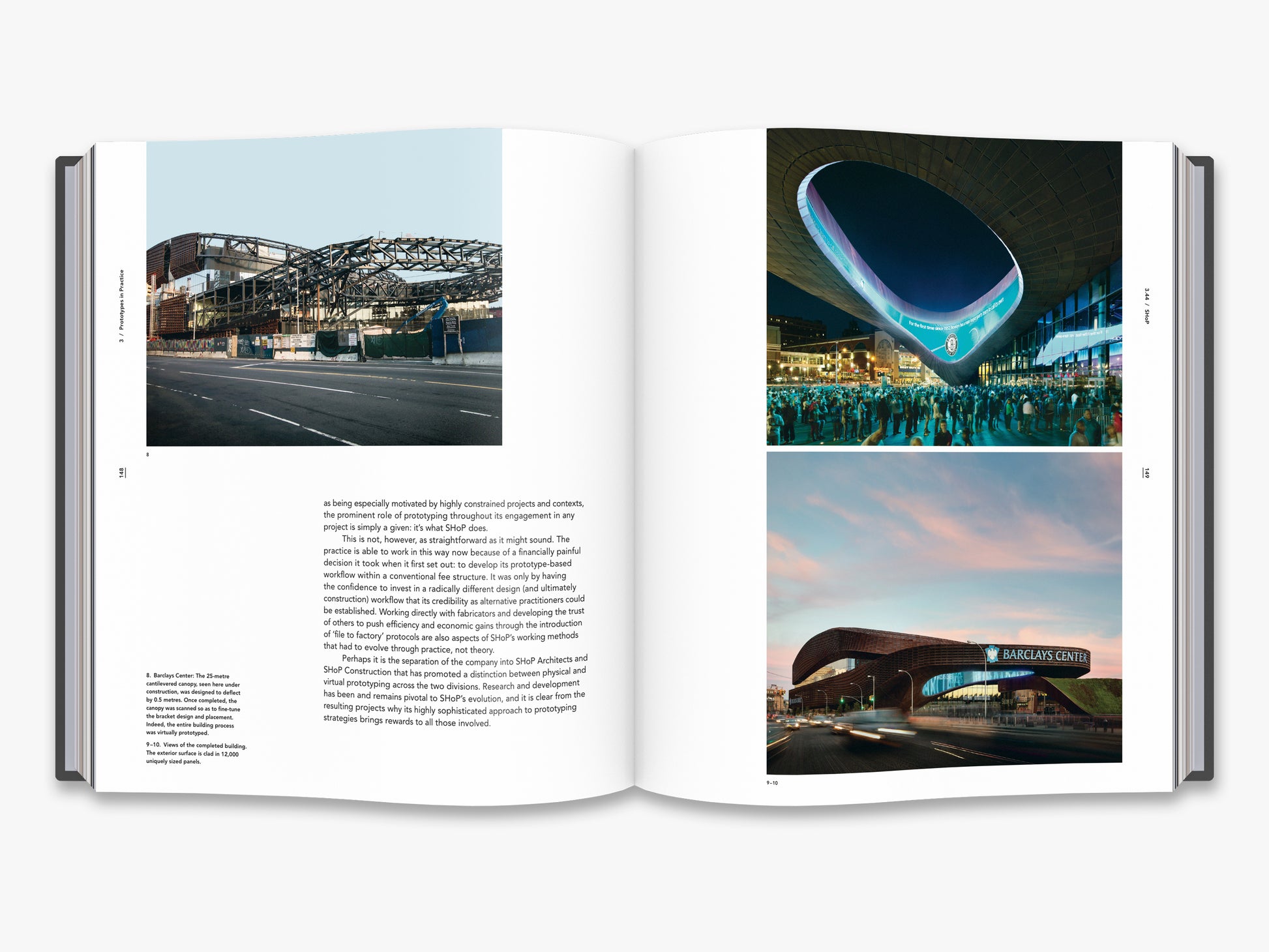Prototyping is an essential part of the designer?s repertoire. Designers prototype their projects to test them, structurally, aesthetically, technically. Whether the prototype works or not is not the point: prototyping is the revelatory process through which the designer gains insight.
There are three reasons why contemporary prototyping techniques are transforming the way architects design and build: 1) at a miniature scale, prototyping aids the architect in the presentation to clients of complex spatial ideas; 2) prototyping empowers the architect-designer to test and prove a building?s feasibility, leading to more open-minded construction solutions; 3) whether additive (3D printing) or subtractive (robotic milling), prototyping can lead to unexpected and exciting new possibilities within design as a whole, across design disciplines, thus blurring the boundaries between them in highly creative ways.
The book has four sections: an introduction that charts the rise of prototyping in design history, more specifically in architecture; an overview of techniques; a survey section featuring 30 projects, each presented through texts drawn from first-hand interviews, on-site photographs and drawings; and a reference section, which includes a glossary of technical terms.
There are three reasons why contemporary prototyping techniques are transforming the way architects design and build: 1) at a miniature scale, prototyping aids the architect in the presentation to clients of complex spatial ideas; 2) prototyping empowers the architect-designer to test and prove a building?s feasibility, leading to more open-minded construction solutions; 3) whether additive (3D printing) or subtractive (robotic milling), prototyping can lead to unexpected and exciting new possibilities within design as a whole, across design disciplines, thus blurring the boundaries between them in highly creative ways.
The book has four sections: an introduction that charts the rise of prototyping in design history, more specifically in architecture; an overview of techniques; a survey section featuring 30 projects, each presented through texts drawn from first-hand interviews, on-site photographs and drawings; and a reference section, which includes a glossary of technical terms.
Extent: 272 pp
Format: Paperback
Publication date: 2017-07-06
Size: 23.5 x 21.7 cm
ISBN: 9780500292495
Introduction • 1. The History of Prototyping • 2. Prototyping Techniques • 3. Prototypes in Practice
Press Reviews
RIBA Journal
New Design
About the Authors
Mark Burry is a professor and director at RMIT's Spatial Information Architecture Laboratory in Melbourne, Australia.
Jane Burry is a research fellow at RMIT?s Spatial Information Information Architecture Laboratory in Melbourne, Australia.
You May Also Like
View more- Choosing a selection results in a full page refresh.


